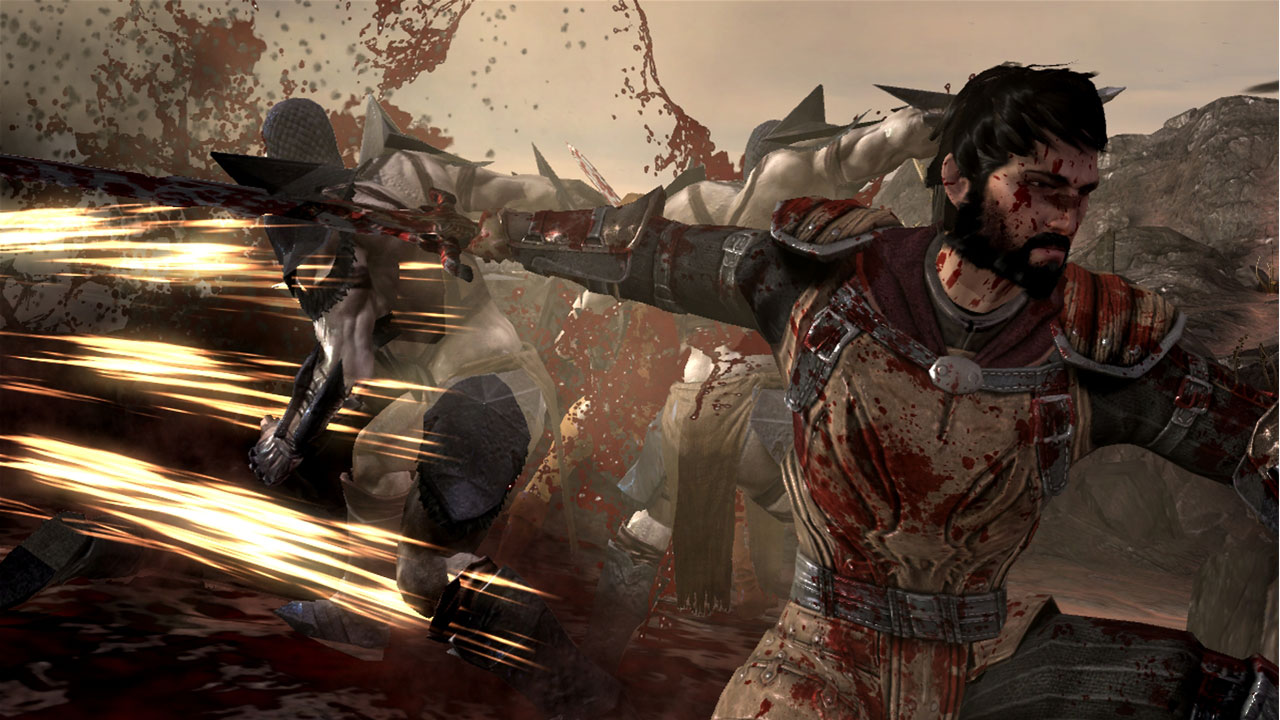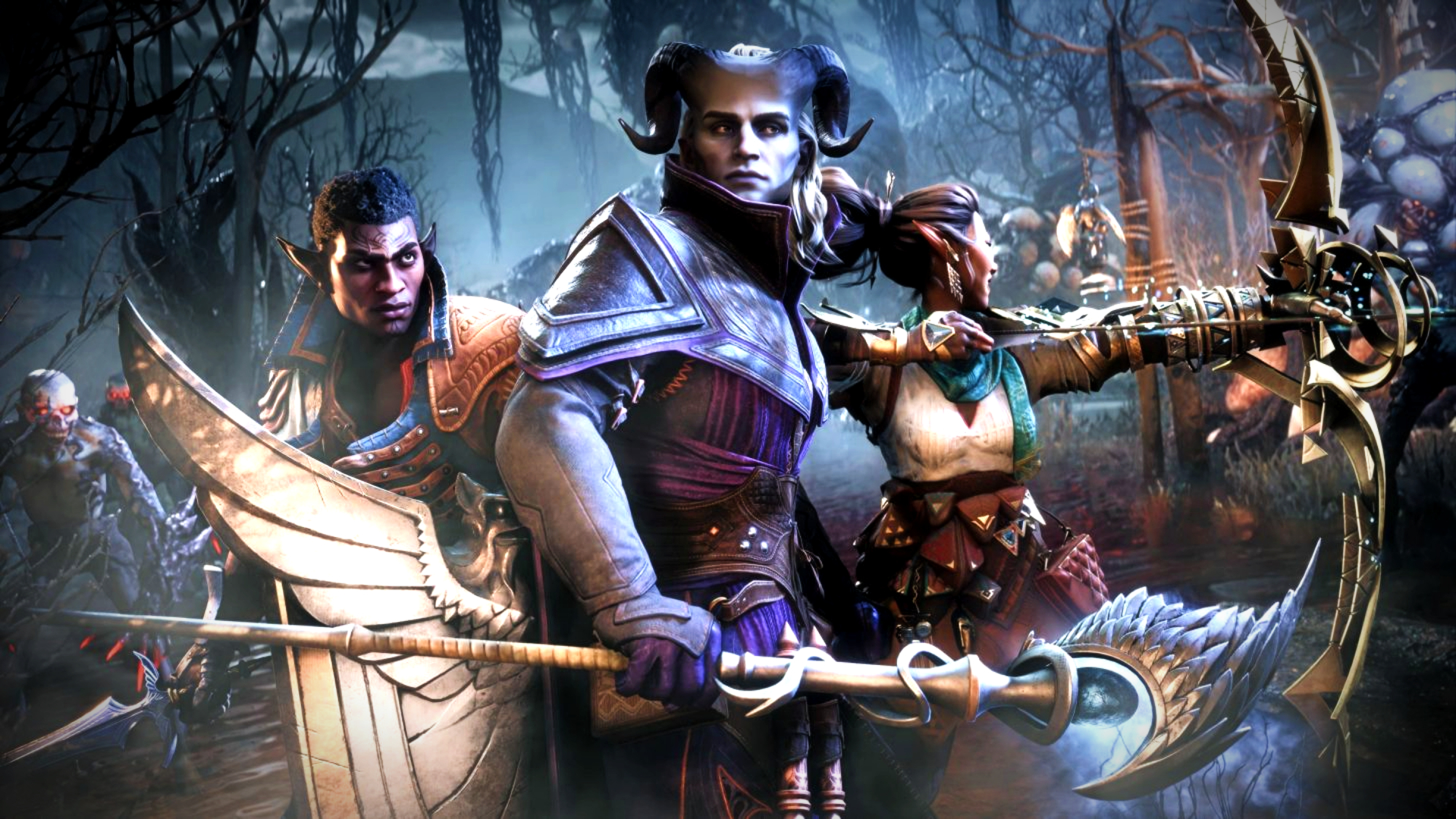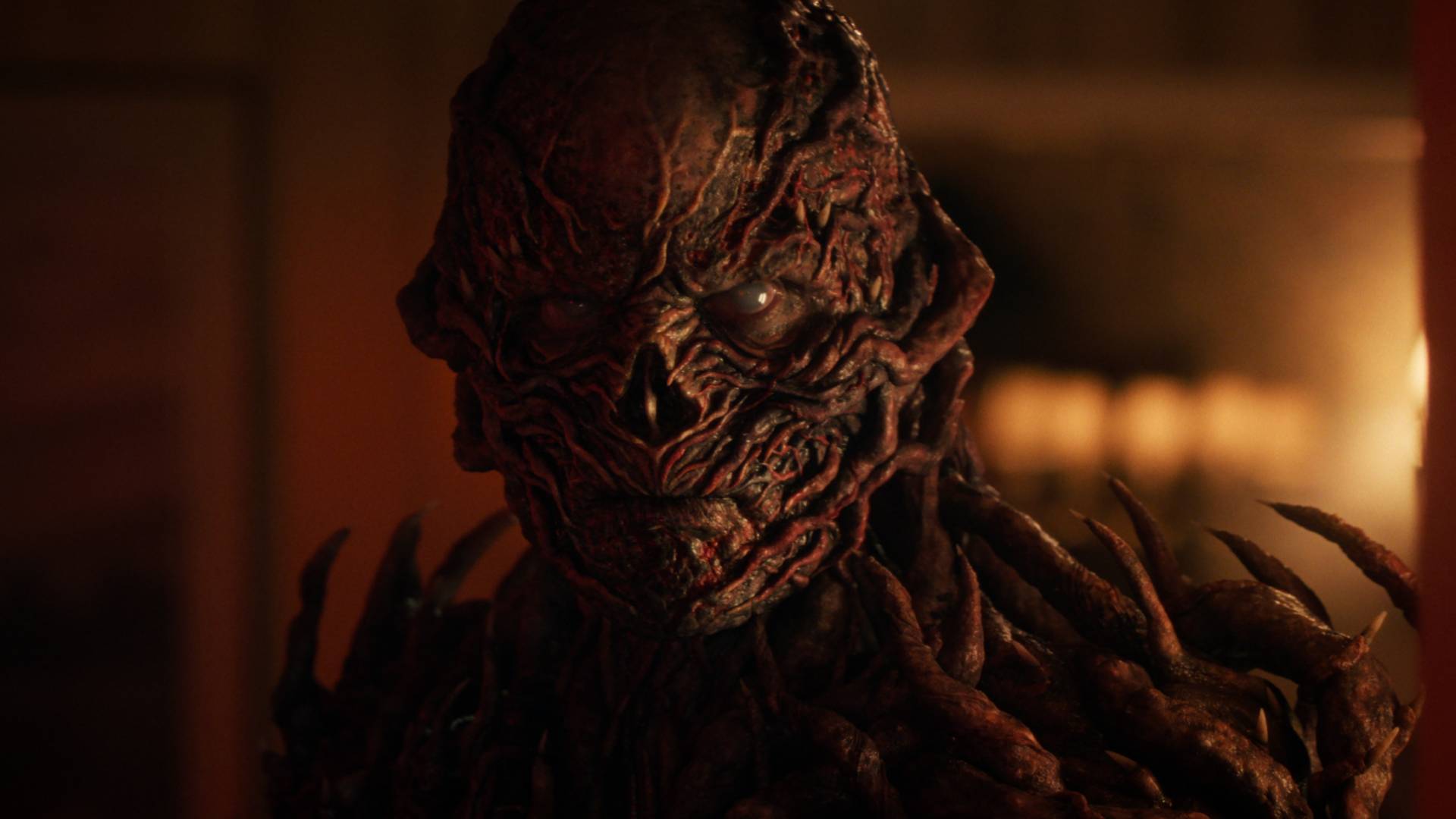I hope Dragon Age: The Veilguard has taken inspiration from the greatest part of Dragon Age 2
Opinion | Look to Kirkwall and it’ll be impossible to Veil

Dragon Age: The Veilguard looms on the horizon, and expectations are high. Not least at BioWare. The studio seems keen to tackle criticisms of its previous games, such as Dragon Age: Inquisition's god-awful camera and Origins and 2's copy-and-paste population.
Fans' hopes are just as high. While some are hoping that Veilguard will lean into Origins 'edgier' themes – which, considering the less-than-savory origins of the Elven pantheon and the possibility of them being released onto the world, dark aspects seem likely – and Inquisition's multi-faceted characters, I will be quirky and say that I really hope BioWare has looked to its bastard child: Dragon Age 2.
To some, this is a wild claim. After all, Dragon Age 2 is a game that was developed in just 16 months and under extreme levels of crunch. It had recycled environments, the customization of companions was dumbed way down and all in all, was sorely lacking in polish. Why, then, do I hope that Dragon Age: The Veilguard takes on board some of the lessons of Dragon Age 2?
One word: Kirkwall.
The City of Chains' everlasting impact


Dragon Age 2 review: "A bold step toward remaking the entire action-RPG genre"
When it comes to Dragon Age 2, I have a bunch of favorite characters. But Kirkwall, a city and not a person at all, is impossible to forget. Known as The City of Chains due to its past dealings in slavery and the gigantic bronze chains that are erected between the lighthouse and the docks, Kirkwall is the main location throughout players' journey as Hawke. As they progress through 10-in-game years, the city's inner workings and gruesome past are revealed through codex entries, ambient dialogue, and the rush of violence and terror that Hawke and their companions encounter on the city's streets.
But back in 2011 – and I'd argue even now – BioWare's commitment to making Kirkwall have a noticeable socioeconomic divide solidified it as one of the most memorable locations within the Dragon Age universe. These areas of change are not always hugely noticeable, particularly if you're just looking to get to point B from Point A and defeat X, Y, and Z enemies, but that doesn't stop them from being there. Some changes are harder to miss. For example, defeating the Qunari in Act 2 means that the first thing you see while heading to the docks in Act 3 is a brand new statue, and the compound where they were located being shut off completely. Fast forward from Act 1 to Act 2, and the refugee center helping Fereldan immigrants is no longer there, with many having either found a place of their own, returned to their country, or are so deep in debt or indentured servitude because of Kirkwaller xenophobia, that staying to serve is the only way forward.
Then there's the people. That one lonely drunk you pass by every time? He's given up the swill now. Remember Elegant, who used to sell you poultices? Three years later, she's a lady with her own web of connections. Aveline is promoted from guard to guard captain, and your sibling either perishes or joins a new organization. Throughout it all, the sordid history of Kirkwall and its past as a major stronghold for Tevinter slavery and blood magic continues to be brought to light. It is undeniable, and yet completely juxtaposes the level of freedom that it is for Hawke and their companions. As fan-favorite Varric Tethras agrees in a conversation with Dorian Pavus, Kirkwall is a “bit of a shithole,” but that doesn't stop it from being home.
Weekly digests, tales from the communities you love, and more

However, the biggest change is Hawke and their relationship to the city. They quickly rise from refugee to the Champion of Kirkwall, moving from the gutters of Lowtown to the blue-blooded streets of Hightown, with their own estate to boot. This makes it so that a once unusable building in Act 1 is now open to you, with your own family heraldry hanging near the front door, and everyone, from your contacts to your own family, changes in how they perceive you.
Compare Kirkwall to the huge, sprawling locations that you trek through in Dragon Age Inquisition. While exceedingly beautiful (I'll never forget my wonder at seeing The Emerald Graves for the first time), none quite capture the same level of feeling and character, or even nostalgia, as that of Kirkwall. And if the locations do manage to capture a sentiment, it's often that of utter frustration and not fondness at all. Yes, I'm looking at you, The Hinterlands. Even Val Royeaux, the diamond of Thedas, was severely lacking in character with just how little the place and people change throughout the game. In my opinion, the reason for this lack of personality is how excessively tremendous the scope of Inquisition was, with several locations and the need to fill them all with a level of something, anything at all, to do. In 2014, it made perfect sense to do just that, with how beloved open-world games like Skyrim were, but the reality is that, outside of a select few hubs like The Winter Palace and Skyhold, Inquisition's world felt less like one and more of an enchanting-looking checklist.
This all being said, I have high hopes for Dragon Age: The Veilguard. The game's first look at Tevinter was jaw-dropping, and the promise of a more mission-focused RPG instead of a fairly lifeless open world has me excited. Coupled with hub locations, I'm looking forward to seeing how communities of people, like the Seers of Rivain and the Merchant Princes of Antiva, have fared. Add in the splinter groups we'll be meeting, and how they will play into the locations we explore, and I anticipate that these new locations will not just be as memorable as Kirkwall, but exceed The City of Chains altogether.

Aimee Hart is an editor and award-winning writer with a prolific background in copywriting, creative fiction, and freelance reporting and has been in the writing space for over 7 years. When she isn't caring far too much about fictional characters and worlds, she's narrating her own with friends.


